Ranked third globally in solar power installed capacity, India has been leading the market with early adoption of robotics and automation for large-scale solar plants to enhance efficiency, accuracy, and safety. However, hurdles are constantly encountered during the implementation of those new technologies, due to environmental issues that affect the panels’ structure. Autonomous robotic cleaning solutions are relatively new in the market and have limited field-experience of up to 10 years at most, which makes it even more crucial for solar site managers to choose a reliable and safe partner.
Reality unfiltered – important inside information
Integrating automation and robotics for solar PV O&M is no walk in the (solar) park ─ it comes with a whole host of challenges, some of which cannot be influenced by the end user. One such factor is ground shifting due to soil conditions or environmental changes. A study conducted by the National Institute of Solar Energy in India found that the majority of solar projects have been affected by landslides, soil subsidence, or earthquakes. These uncontrollable events damage the structures and affect their performance, causing a reduction in energy output. Less advanced robotic cleaning solutions may face major difficulties when it comes to adapting to the constantly changing conditions of panels, such as their position, angle, or tilt, which can alter on a monthly, or yearly basis. These frequent structural changes make it highly difficult and sometimes impossible for the robots to operate autonomously and efficiently. To make sure solar sites are operating like a well-oiled machine, the technology employed must be super sophisticated to successfully tackle geographic changes.
When it comes to solar plants in remote areas, like Rajasthan and other parts of India, staying connected can also be a real headache. Sometimes, it’s tough to get any reception at all, which can make site monitoring and maintenance a real challenge. Limited network connectivity can affect the controlling of the robots from afar, which can lead to delayed identification of maintenance issues, resulting in increased downtime and sub-optimal energy production. Beyond that, the lack of access to real-time data can hinder decision-making processes and complicate the prompt implementation of corrective actions. To guarantee peak performance, especially in isolated areas, it is crucial to ensure the resilience and dependability of the communication protocols.
Tackling hurdles head-on
While some O&M factors can be controlled, the portability of cleaning robots may not be the perfect solution to cut down on O&M costs. There are some concerns and potential damage that must be adequately addressed. The main one is the high operating expenses that can arise over time due to the reliance on lift and shift operations, as without proper management, the risk of causing severe damage to the panels is high. In addition, relying on human labor to oversee the transition process can pose safety risks for both personnel and panels. In case of a malfunction, manual intervention may be necessary, requiring additional operators to address the issue. While this type of a solution can cost less up-front, it is crucial to take into consideration the long-term overall site costs and risks involved to ensure its ongoing success.
Keeping things moving smoothly and consistently is crucial when it comes to solar PV O&M, and another way to control that is by making sure robots are highly maneuverable. Proper site design is necessary, and robots must be able to navigate sloping terrain, steps, and misaligned panels or tables to truly succeed in the field. A deep understanding of the current market challenges, together with extensive testing and proven long-term field experience, leads to the development of solutions that can tackle these hurdles head-on. At the end of the day, a successful investment lies in choosing cutting-edge technologies that can meet the ever-evolving needs of plants and perform flawlessly.
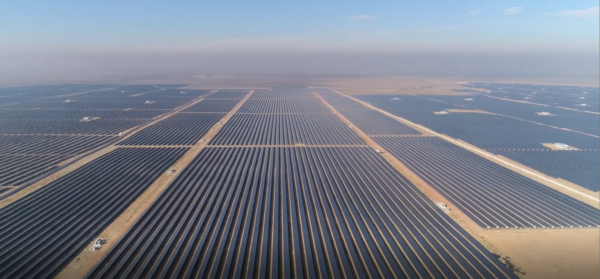
Ecoppia, the world’s leader in autonomous robotic cleaning solutions, offers a hybrid product portfolio with a tailor-made fit to the unique needs of each solar power site or even a row. With nearly 10 years of autonomous robotic cleaning experience, Ecoppia’s robots are designed to overcome the most complex challenges and extreme tolerances scenarios. The robot’s consistent operation and compatibility with various structures, configurations, and modules, even frameless and bi-facial, are guaranteed due to the company’s years of experience in overcoming those challenges. The robots are cloud-based and equipped with sophisticated sensors and algorithms enabling safe and efficient navigation on complex terrain and around obstacles, adapting quickly to changing panel angles.
Ecoppia has an impressive record of 10 years with zero safety issues, which is a testament to its commitment to ensuring maximum safety and durability. The robots are designed to withstand extreme weather conditions, ensuring reliability for the 25-year lifespan of solar power projects. Ecoppia has developed long-term partnerships with Tier-1 industry players, such as its recent collaboration with Azure Power, which involves a 400MW hybrid project that utilizes Ecoppia’s full suite of products, including the E4, T4, and H4 ─ powered by the company’s patented Helix Technology. This collaboration highlights Ecoppia’s ability to provide tailored solutions to meet the unique needs of each solar power site.
Full understanding of the complex picture leads to making smart choices
From natural disasters to regulatory uncertainty to the availability of skilled workers, the challenges faced by solar plant operations and maintenance are significant. Implementing a reliable and robust solution, such as automation and robotic technologies, can have a financial impact and ensure optimal O&M results. However, it’s crucial for solar companies to verify the durability and effectiveness of new technologies before implementation. With proper planning and management, automation and robotic solutions can increase energy output, reduce maintenance costs, and extend the lifespan of solar panels, contributing to a sustainable and efficient energy future.
This content is protected by copyright and may not be reused. If you want to cooperate with us and would like to reuse some of our content, please contact: editors@pv-magazine.com.
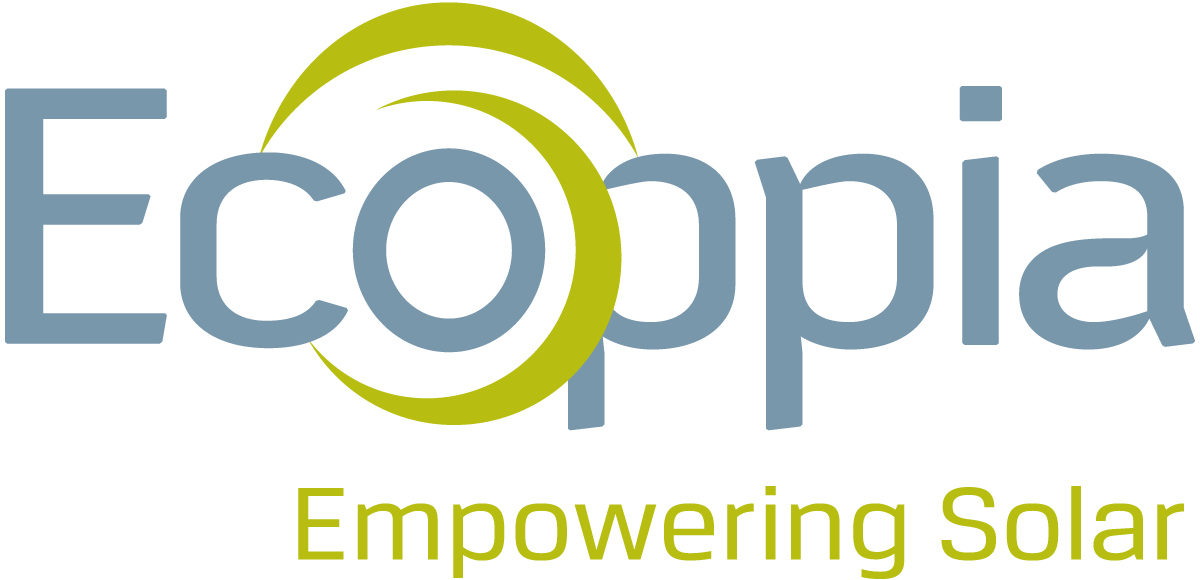
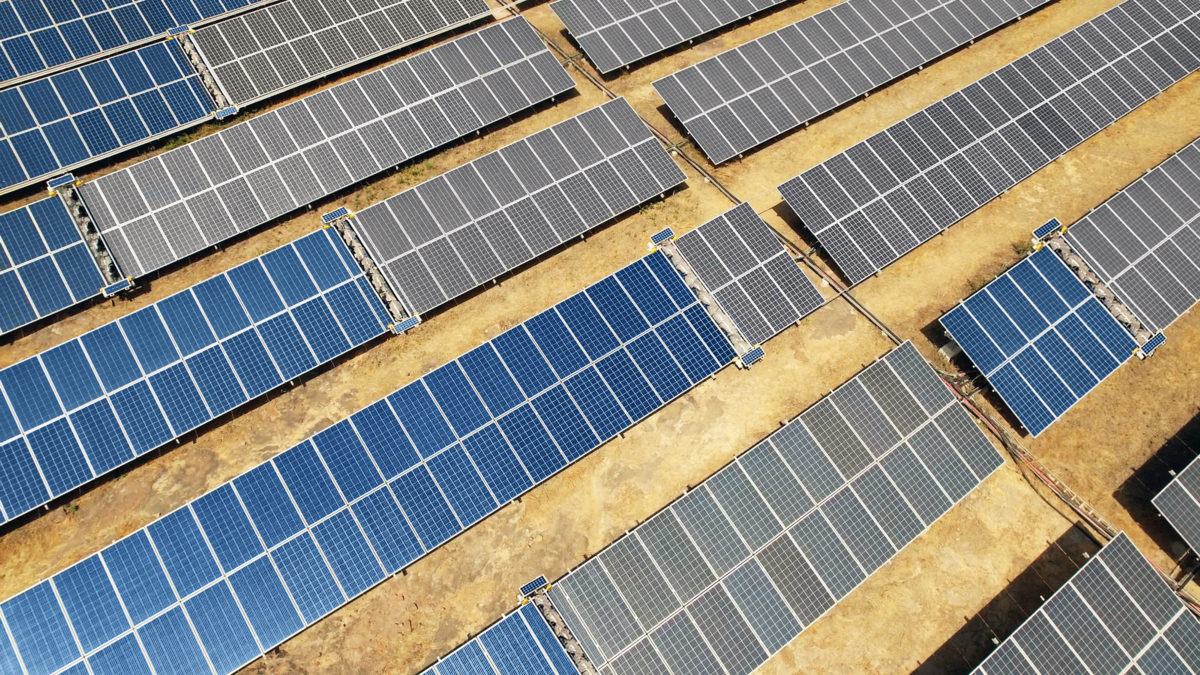


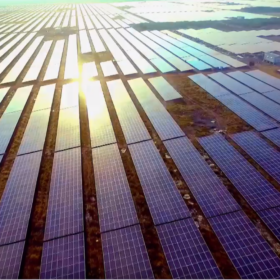
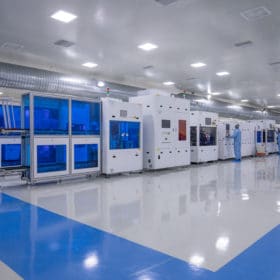
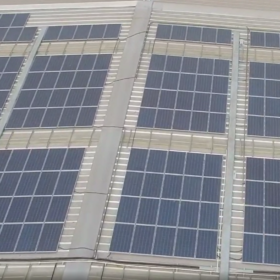
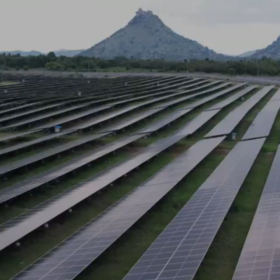
By submitting this form you agree to pv magazine using your data for the purposes of publishing your comment.
Your personal data will only be disclosed or otherwise transmitted to third parties for the purposes of spam filtering or if this is necessary for technical maintenance of the website. Any other transfer to third parties will not take place unless this is justified on the basis of applicable data protection regulations or if pv magazine is legally obliged to do so.
You may revoke this consent at any time with effect for the future, in which case your personal data will be deleted immediately. Otherwise, your data will be deleted if pv magazine has processed your request or the purpose of data storage is fulfilled.
Further information on data privacy can be found in our Data Protection Policy.